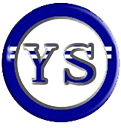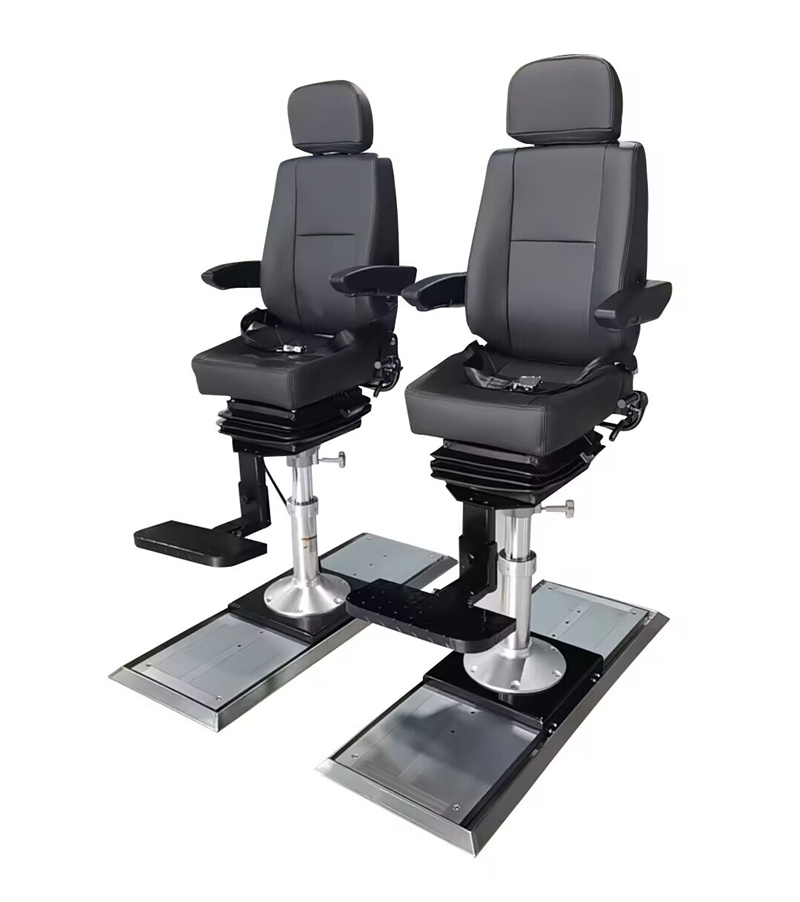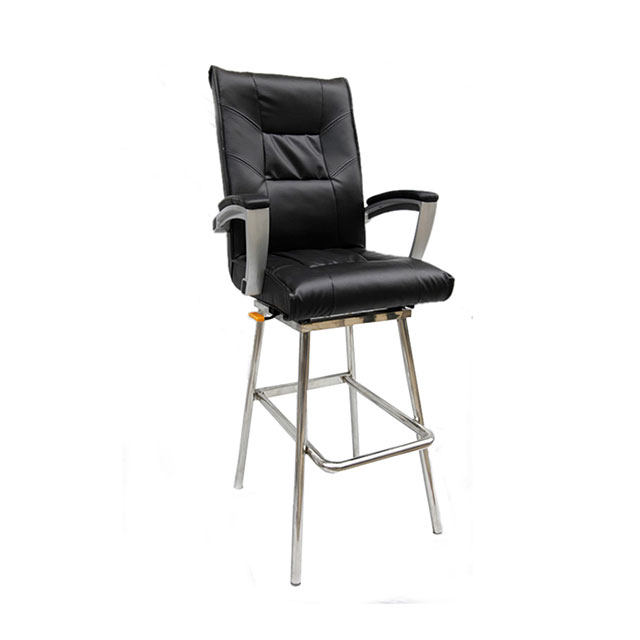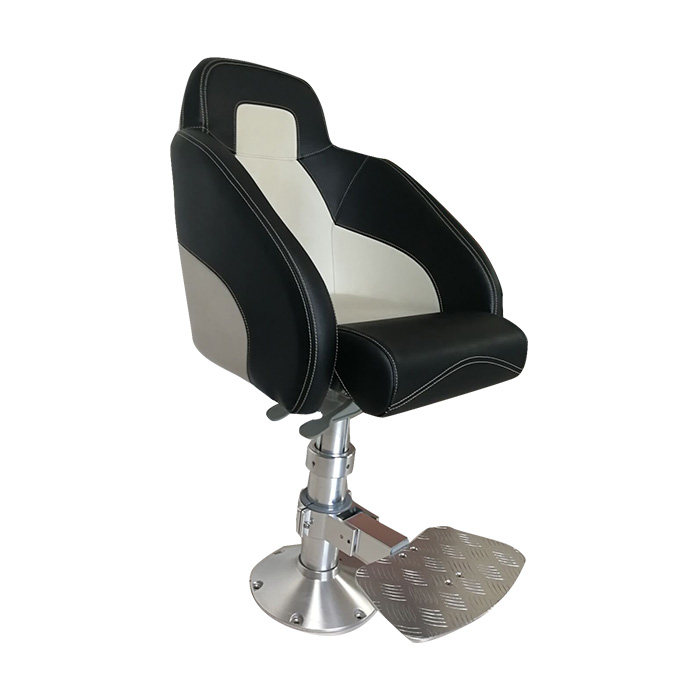What are Key Adjustability Features in Modern Marine Pilot Chairs
Table of Contents
Marine pilot chairs are essential equipment in the maritime industry, designed to provide comfort, support, and functionality for operators who navigate vessels in challenging environments. With long hours spent on the bridge, the adjustability of pilot chairs becomes a critical feature that directly impacts the efficiency and well-being of marine captains. In this article, we explore the key adjustability features in modern marine pilot chairs and their importance in maritime operations.
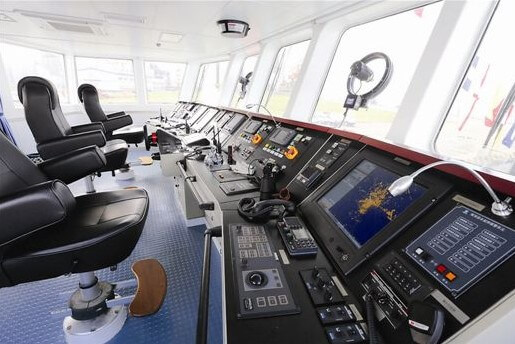
Why Adjustability Features in Marine Pilot Chairs are Important
- Enhancing Operator Comfort: Marine pilots often work long hours, navigating ships through complex waterways or during extended sea voyages. Without proper ergonomic support, discomfort can set in, leading to fatigue and reduced focus. Adjustable chairs allow operators to tailor the chair’s height, tilt, and lumbar support to their specific needs, ensuring maximum comfort over long shifts.
- Improving Focus and Efficiency: Navigating a vessel requires constant vigilance and precision. Poor posture or an ill-fitted chair can distract the operator, leading to lapses in concentration. Adjustable chairs ensure that operators are positioned correctly to access controls and maintain an optimal line of sight, improving their focus on critical tasks.
- Supporting Safety in Challenging Conditions: Rough seas and turbulent weather can create challenging conditions on a vessel. Adjustable chairs equipped with lateral and lumbar support stabilize the captain’s body, reducing the risk of slipping or straining during critical moments at seat.
- Accommodating Diverse Operators: Marine vessels are operated by personnel of varying body types, heights, and preferences. One-size-fits-all chairs may not suit all operators, leading to discomfort or inefficiency. Adjustable ship pilot chairs solve this issue by offering a wide range of customizable settings.
- Reducing Long-Term Health Issues: Prolonged periods of sitting in non-ergonomic positions can lead to chronic health issues, such as lower back pain, poor circulation, and musculoskeletal disorders. Adjustable marine captain’s chairs promote healthy posture and minimize pressure points, preventing such issues.
- Adapting to Advanced Control Systems: Modern marine vessels are equipped with advanced navigation and control systems. Adjustable captain’s chairs are often integrated with features like joystick mounts and control panel adjustments, allowing operators to customize the chair’s configuration for seamless interaction with onboard systems.

Key Adjustability Features in Marine Pilot Chairs
1. Height Adjustment
Height adjustability is a fundamental feature that ensures operators can achieve an optimal line of sight over the vessel’s control panels and the surrounding environment. This is crucial for maintaining situational awareness, especially in varying sea conditions.
- Manual or Powered Mechanisms: Height can be adjusted manually through levers or knobs or with powered systems for precision and ease of use.
- Customizable Ranges: Chairs often feature customizable height ranges to accommodate operators of varying statures.
2. Tilt and Recline Functions
The tilt and recline features provide ergonomic support for the pilot’s back and reduce fatigue during extended shifts.
- Backrest Tilt Adjustment: Allows users to fine-tune the angle of the backrest to suit their posture and comfort.
- Reclining Mechanism: Ideal for moments of rest or when monitoring instruments in a semi-reclined position.
3. Armrest Adjustability
Adjustable armrests enhance operator comfort and precision by providing proper arm support while accessing control panels and joysticks.
- Height and Width Adjustment: Armrests can be tailored to fit the user’s arm length and shoulder width.
- Rotational Features: Some designs include armrests that swivel, allowing for seamless movements between different control stations.

4. Swivel and Rotation Capabilities
The ability to rotate the chair 360 degrees is a vital feature for marine pilot chairs, allowing operators to monitor various parts of the bridge without leaving their seat.
- Smooth Swivel Mechanism: Ensures quiet and effortless movement to maintain focus on operations.
- Locking Positions: Some chairs offer locking mechanisms at specific angles for enhanced stability during critical tasks.
5. Seat Depth and Cushion Adjustment
To support prolonged use, marine pilot chairs often include features for adjusting the seat depth and cushioning.
- Seat Depth Adjustment: Ensures proper thigh support, reducing pressure points and improving circulation.
- Customizable Cushion Firmness: Provides additional comfort for operators with specific ergonomic needs.
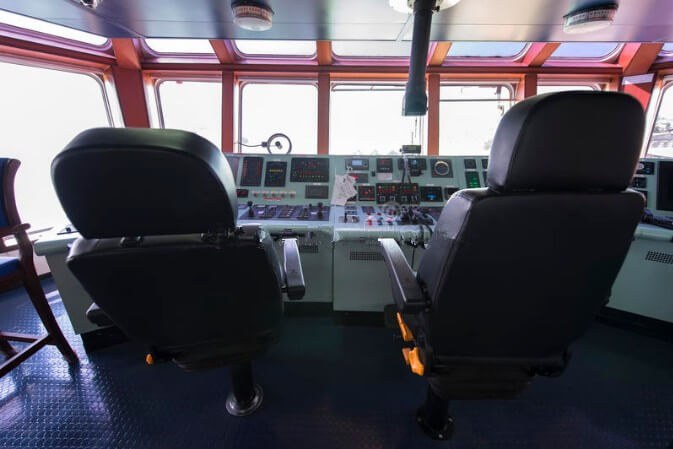
6. Footrest Adjustability
Footrests have evolved to offer greater customization and functionality.
- Height and Angle Adjustment: Footrests can be tailored to match the pilot’s leg length and seating angle, promoting better circulation and comfort.
- Retractable and Foldable Designs: Space-saving designs ensure footrests don’t interfere with chair mobility when not in use.
7. 360-Degree Rotation with Locking Precision
While swivel and rotation capabilities are standard, recent innovations focus on improved stability and control.
- Smooth Glide Mechanisms: Advanced bearings and damping systems enable seamless and noiseless 360-degree rotation.
- Multi-Angle Locking: Chairs can now lock into precise positions, providing stability during specific operational tasks or rough sea conditions.
8. Floating Seat Technology
Floating seat designs use advanced suspension systems to reduce the impact of vessel movement on the operator.
- Shock Absorption: Hydraulic or pneumatic systems absorb vibrations for pilot chairs and jolts caused by rough seas, maintaining operator stability and comfort.
- Active Suspension Seats: Pilot suspension chairs automatically adjust to counteract movements, ensuring a smooth and steady seating experience.
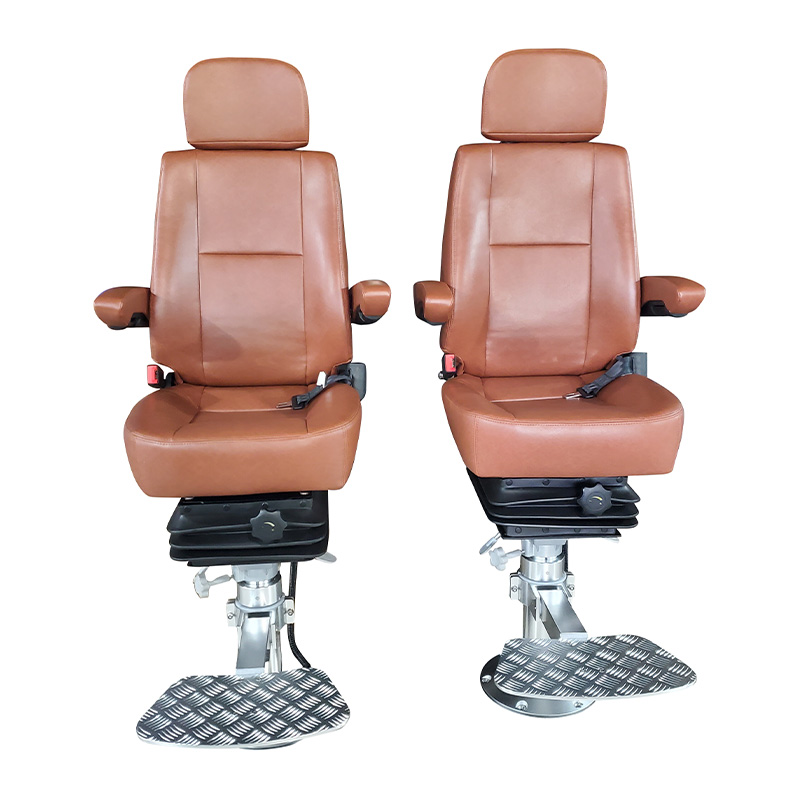
Advancements in Adjustability Features for Marine Pilot Chairs
1. Electromechanical Adjustment Systems
Traditional manual adjustment mechanisms are being replaced with advanced electromechanical systems, offering precision and ease of use.
- Motorized Height and Tilt Adjustments: Allows operators to make fine adjustments at the press of a button, even while seated, ensuring optimal posture and line of sight.
- Programmable Settings: Memory functions enable users to save preferred configurations, allowing quick reconfiguration for repeat users or different shifts.
2. Dynamic Lumbar and Lateral Support
To enhance operator ergonomics, chairs now feature dynamic lumbar and lateral support systems that automatically adjust to the user’s posture and movements.
- Adaptive Support Mechanisms: Sensors detect the pilot’s seating position and adjust the lumbar and lateral bolsters accordingly.
- Customizable Intensity: Users can control the level of support through digital interfaces, catering to personal comfort preferences.
3. Integrated Smart Technology
Modern marine pilot chairs incorporate smart technology to monitor and enhance seating ergonomics in real-time.
- Pressure Sensors: Embedded sensors analyze pressure distribution and alert operators to adjust their position to avoid prolonged discomfort.
- Posture Feedback Systems: Visual or audible cues remind users to maintain optimal posture during long shifts.
4. Ergonomic Armrest Adjustments
Armrests have become increasingly versatile, with multi-directional adjustability and enhanced functionality.
- 4D Armrests: These can move up/down, forward/backward, inward/outward, and rotate, offering unparalleled adaptability to various seating positions.
- Control Integration: Some armrests now feature integrated joysticks or touchscreen panels for easier access to navigation and communication tools.
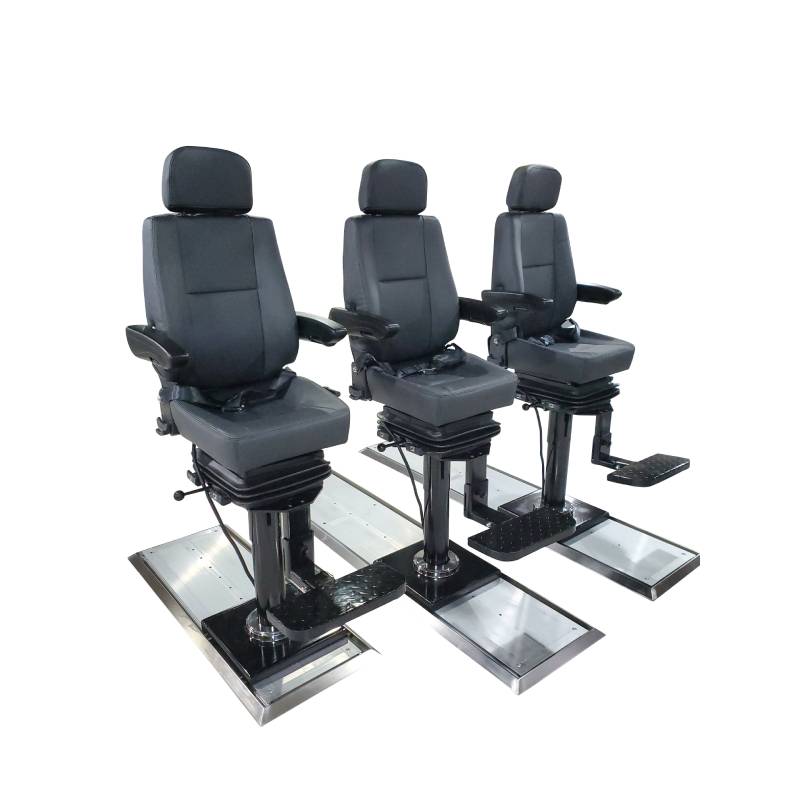
5. Lightweight and Durable Material
Innovations in material science have led to the development of lightweight yet robust marine pilot chairs.
- Carbon Fiber Frames: Provide high strength and durability while significantly reducing weight.
- Memory Foam and Gel Padding: Advanced cushioning materials adapt to the user’s body, offering superior comfort and pressure relief.
6. Integrated Climate Control
Temperature regulation has become a priority for maintaining operator comfort in varying maritime environments.
- Built-In Heating and Cooling: Captain’s chairs now feature systems to provide localized heating or cooling, ensuring user comfort in extreme weather conditions.
- Breathable Upholstery: Advanced fabric technologies improve air circulation, preventing discomfort during prolonged use.
7. Seamless Integration with Control Systems
Modern marine captain’s chairs are designed to function as an extension of the operator’s control environment.
- Adjustable Control Panels: Panels mounted on the chair can be repositioned for optimal accessibility, reducing the need for repetitive movements.
- Wireless Connectivity: Enables real-time adjustment of chair settings via mobile apps or integrated vessel systems.
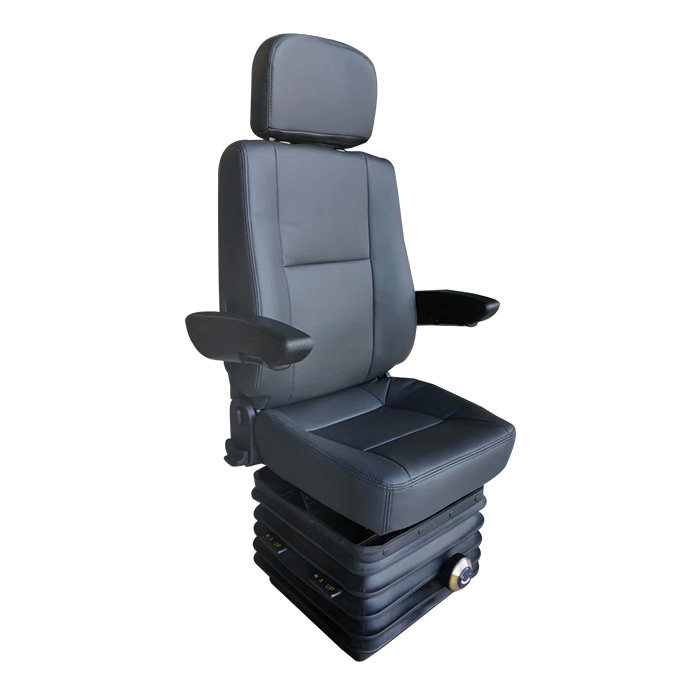
In summary, through accommodating the ergonomic needs of diverse users and ensuring optimal positioning, these marine pilots chairs allow operators to perform their duties effectively, even under challenging maritime conditions. The integration of advanced adjustability features wit pilot seats address the complex needs of modern marine captains, making them indispensable for modern vessel operations.
